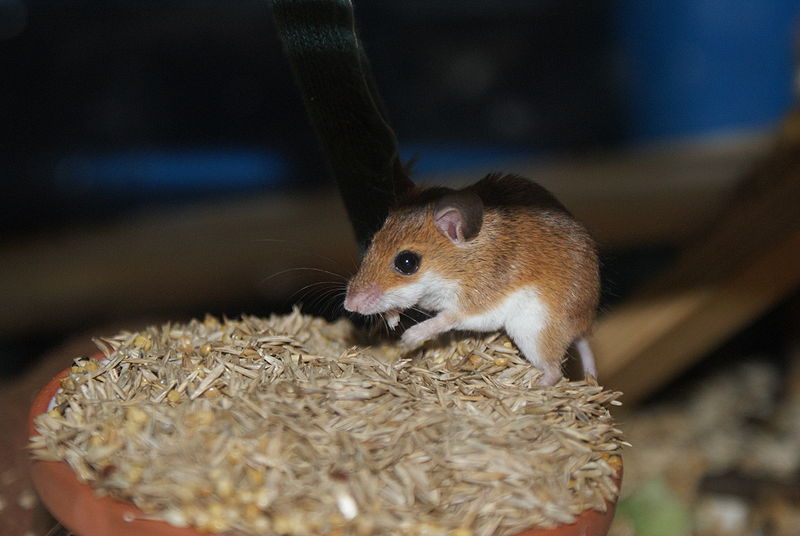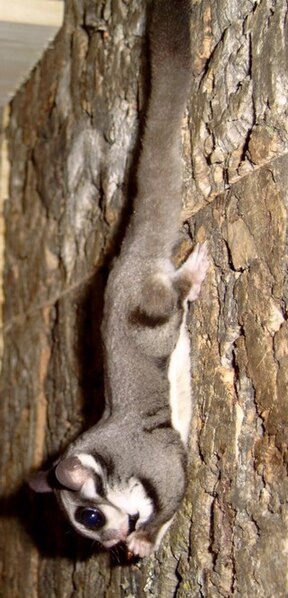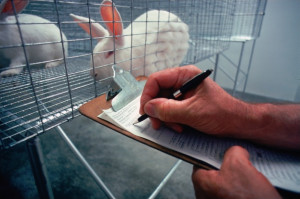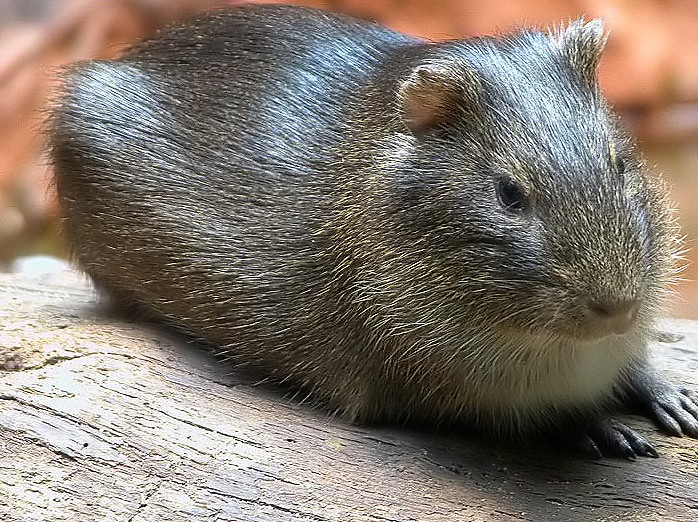 Cat owners quickly notice how closely their pets’ behavior follows that of their wild relatives…in fact, Domestic Cats are classified by many mammalogists as a subspecies of the Wildcat. Recent research has shed light on the Domestic Cat’s true ancestor and its original time and place of domestication.
Cat owners quickly notice how closely their pets’ behavior follows that of their wild relatives…in fact, Domestic Cats are classified by many mammalogists as a subspecies of the Wildcat. Recent research has shed light on the Domestic Cat’s true ancestor and its original time and place of domestication.
Supreme Survivors
Domestic Cats slide seamlessly from indoor to outdoor life, and their adaptability amazes biologists who study feral populations. Those living in one Australian desert never encounter standing water, yet get along quite well; a group shipwrecked on Marion Island, off the tip of South America, thrives in the shadow of Antarctica – further south than any other non-marine mammal!
Adaptability has helped the 5 subspecies of the Wildcat (Felis sylvestris) to survive in habitats ranging from Chinese deserts to African village outskirts (please see map).
Domestication Theory Overturned
The Near Eastern or African Wildcat (please see photo) has commonly been credited as the ancestor of the Domestic Cat. Because of its prominence in ancient Egyptian culture, it was believed that Wildcats were the first domesticated there. Based on archaeological studies, the time of domestication was given as approximately 4,000 years ago.
The discovery of a 9,500 year-old apparently Domestic Cat in a tomb in Cyprus set the domestication date much further back in time. Wildcats are not native to Cyprus – the animal is believed to be a Near Eastern Wildcat, taken there by people from Turkey (please see article below).
Wild Ancestor(s)
Each of the 5 Wildcat subspecies – the European, Near Eastern, South African, Central Asian and Chinese Desert – interbreed among themselves and with feral Domestic Cats, so the ancestor of our pets could have been any of these. Advances in genetic studies, however, has now given us a definitive answer.
Researchers at the US National Cancer Institute and the University of Oxford analyzed DNA from all 5 Wildcat subspecies, and determined that the Near Eastern Wildcat (Felis sylvestris lybica) gave rise to the modern day Domestic Cat, and that the site of original domestication, some 10,000 years ago, was in the area known as the “Fertile Crescent”, in what is now Iraq.
This finding coincides nicely with other evidence. The cat’s association with people came when grains were first being cultivated and stored…the cat’s prowess as a rodent killer would have made it a welcome guest. Interestingly, Near Eastern Wildcat kittens are relatively easy to tame and even today they often reside near people and interbreed with Domestic Cats. Not so with all Wildcats – colleagues of mine contend that the European Wildcat (please see photo) is impossible to tame, even when bottle-raised!
What is a Domestic Cat?
 The traditional definition of a species is the ability to mate and produce fertile young – Domestic Cats do so with all Wildcat subspecies. Many taxonomists, therefore, classify the Domestic Cat as a Wildcat subspecies, Felis sylvestris catus, rather than as a distinct species (F. catus).
The traditional definition of a species is the ability to mate and produce fertile young – Domestic Cats do so with all Wildcat subspecies. Many taxonomists, therefore, classify the Domestic Cat as a Wildcat subspecies, Felis sylvestris catus, rather than as a distinct species (F. catus).
The odd appearance of a young Bobcat I once trapped led me to believe that one of its parents was a Domestic Cat, but experts are split on this possibility – more on that in the future.
Further Reading
Leopard Cat/Domestic Cat hybrids are popular pets; read more here.
Discovery of the Oldest Known Pet Cat.
Small Wild Cat Conservation
European Wildcat image referenced from wikipedia and originally posted by Aconcagua
African Wildcat image referenced from wikipedia and originally posted by Sonelle
 The African Pygmy Mouse (Mus minutoides) is a delightful little creature that is sometimes available in the US pet trade. Its care differs slightly from that of its giant (by mouse standards!) cousin the House Mouse, but experience with House or Fancy Mice will be very useful should you decide to give these diminutive fellows a try.
The African Pygmy Mouse (Mus minutoides) is a delightful little creature that is sometimes available in the US pet trade. Its care differs slightly from that of its giant (by mouse standards!) cousin the House Mouse, but experience with House or Fancy Mice will be very useful should you decide to give these diminutive fellows a try. That Pet Blog That Pet Place Pet Blog
That Pet Blog That Pet Place Pet Blog






